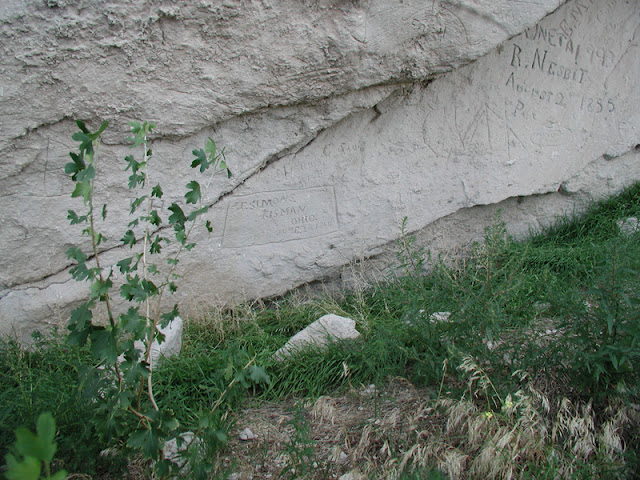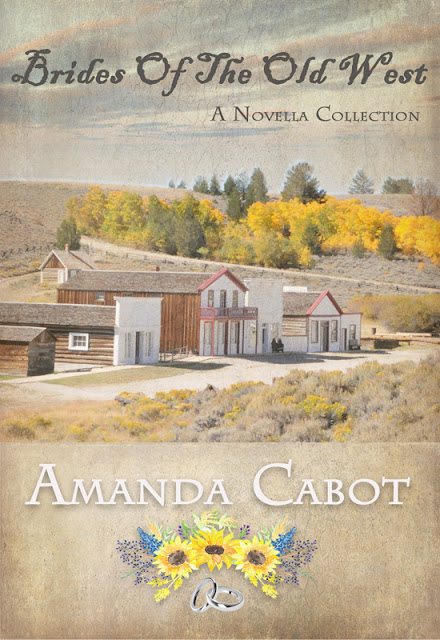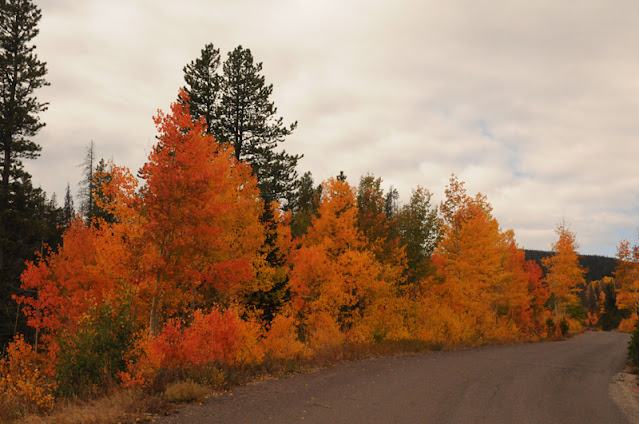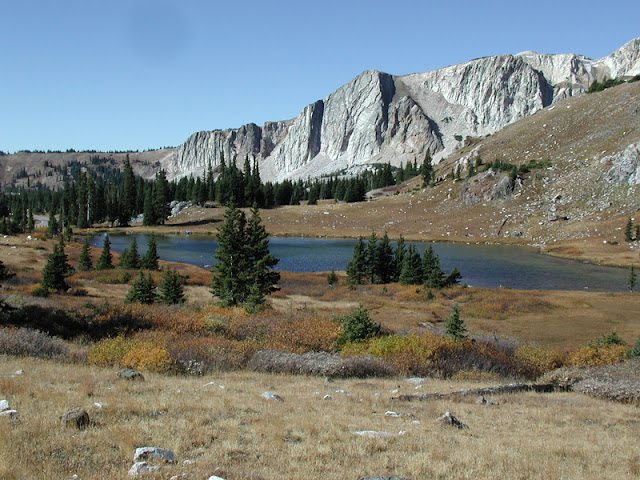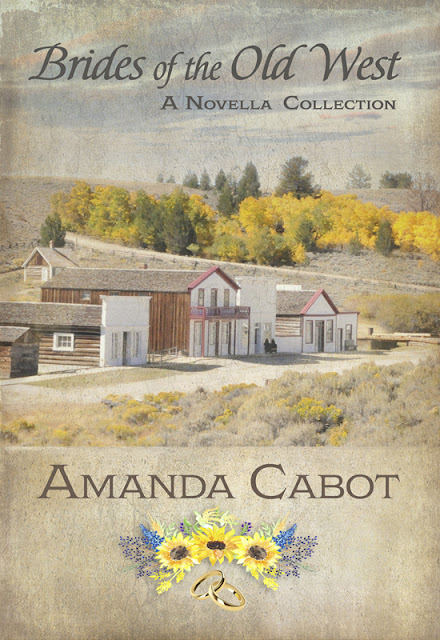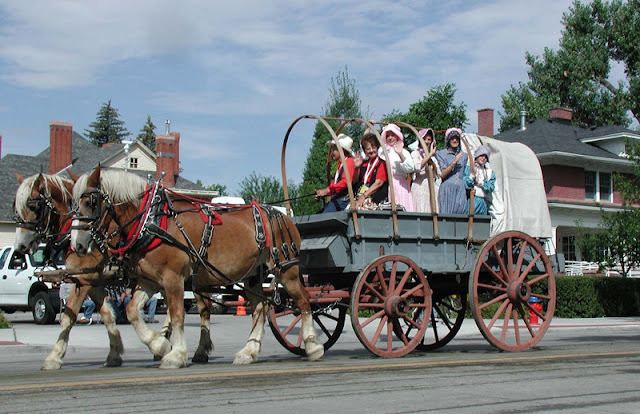“How do we measure the impact of our stories? How do we know if we’re successful?” Those were the questions a member of my Colorado writers group asked me. I don’t claim to be an expert, but I wanted to share some of my thoughts.
Let’s consider a few measures of success.
Copies Sold – For as long as I’ve been published (a long, long time), this has been the gold standard of success. From both the publisher’s and the author’s view, that’s understandable. After all, both the publisher’s profits and the author’s royalties are based on the number of copies sold. And the greater the number of books sold, the greater the probability that your story has touched readers’ hearts.
All of that is good, but the sad reality is that just because someone bought a book doesn’t mean she’ll read it or that if he begins to read it, he’ll finish the book. I tried unsuccessfully to find the article I once read about the depressingly small percentage of bestselling books that were read in their entirety, but my own experience has been that I finish no more than three-quarters of the books that I purchase. Yes, the authors of those unread books registered sales, but I doubt they expected or wanted me to abandon a story they’d labored over after I read only ten percent.
Amazon Ranking – Raise your hand if you’ve never checked your book’s rank on Amazon. Hmmm … I’m looking out over cyberspace, and I’m not seeing any hands. Maybe I need new glasses. All joking aside, Amazon rankings are valuable because they measure the velocity of sales at the world’s largest bookstore, but they have the same shortcoming as copies sold: they’re not a measure of impact, simply of potential impact.
Journal Reviews – Who wouldn’t relish a starred review in Publishers Weekly or Booklist, a review in a major newspaper, or having his book on a “best ten of the year” list? Those are all significant accomplishments, and if the author is fortunate, they lead to higher sales. They’re also a boost to the ego, since the reviewers are professionals who are presumably experienced in evaluating fiction. But are the reviews a true measure of the impact of the book? I say “no,” and that brings me to the next two categories.
Reader Reviews – If you’re like me, you cherish those five-star reviews on Amazon and cringe when you see a one-star. What makes these reviews special? Quite simply, it’s because they come from readers. This is our target audience.
Unlike professional reviewers, the people who post reviews are not paid to express their opinions. They’re taking time that could be spent doing a hundred other things to tell others what they liked, which portions of the book resonated with them, what they didn’t like. We may not always agree with them, but these reviews, which some librarians use when they’re deciding which books to add to their library’s collection, represent real-world opinions. They also help us measure how our stories affect readers.
Letters from Readers – Whether they come via email or snail mail, readers’ letters are my favorite way of determining the impact of my stories. Some of these readers will post reviews, but in most cases, their stories are too personal for them to reveal to the world at large. The fact that they’re willing to share their experiences with me tells me how much my stories have touched their hearts and how much of an impact fiction can have.
Patricia Bradley shares my view. Here’s Patricia’s story:
I’ve had several readers tell me the way a character solved their problems helped them work out their own problems. One wrote to me about A Promise to Protect and said, “I never felt my mother wanted me (which was the problem my heroine faced), and it affected my marriage, my children, my life. Reading your book and the way your heroine forgave her mother has changed my life. I thank you and my children thank you.”
Here’s what one reader wrote to me about Scattered Petals:
“What makes your book special is that you’ve touched my heart so deeply that I’m finally beginning to really believe God loves me. I’ve had that head knowledge for years, but now with the help of Scattered Petals, it is becoming real to me. Thank you for working in partnership with God to touch and change me as never before!”
Paper Roses had this effect on a reader:
“I had really started to think that God wasn’t listening to me, and that I was indeed all alone, and that perhaps even God really didn’t exist. After that book, I just have such peace. Thank you for writing this. Just a little hug from Jesus knowing that He does use other people to touch lives. He really is there, and He really does love me! Thank you so much.”
I won’t claim that I’ve received hundreds of letters like these, but I will tell you that they’re worth more than a royalty check to me. They affirm my belief that I’m doing what God intended for me and that my stories are having a positive impact on readers.
How do you measure your impact?







